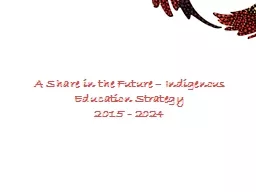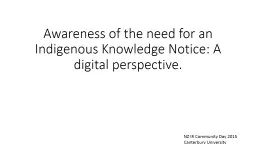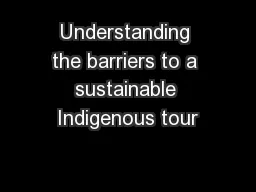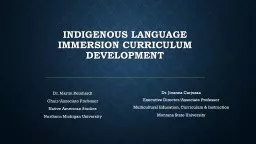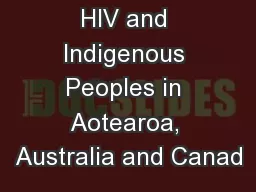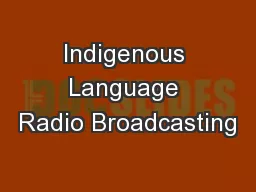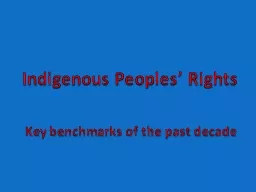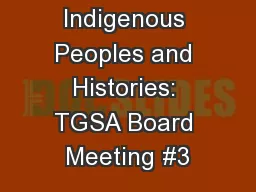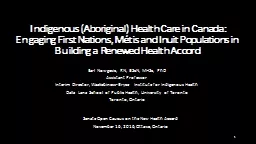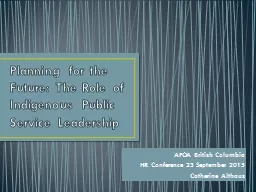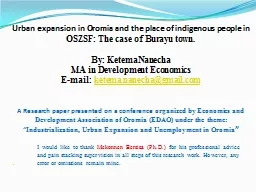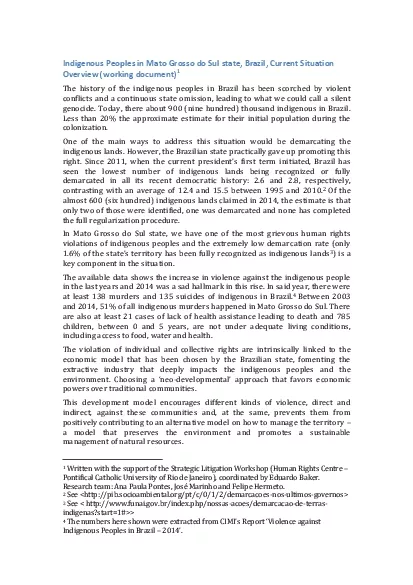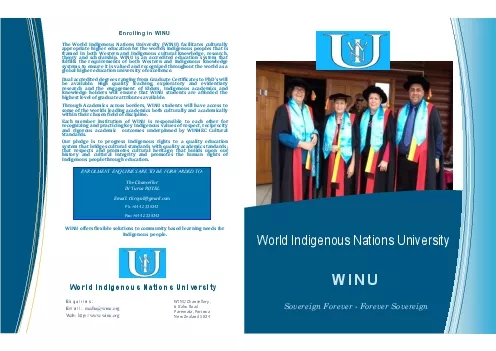PPT-A Share in the Future – Indigenous Education Strategy
Author : natalia-silvester | Published Date : 2016-05-12
2015 2024 Indigenous Education Review The review began in August 2013 30 schools were visited O ver 500 people attended consultations 118 written submissions
Presentation Embed Code
Download Presentation
Download Presentation The PPT/PDF document "A Share in the Future – Indigenous Ed..." is the property of its rightful owner. Permission is granted to download and print the materials on this website for personal, non-commercial use only, and to display it on your personal computer provided you do not modify the materials and that you retain all copyright notices contained in the materials. By downloading content from our website, you accept the terms of this agreement.
A Share in the Future – Indigenous Education Strategy: Transcript
Download Rules Of Document
"A Share in the Future – Indigenous Education Strategy"The content belongs to its owner. You may download and print it for personal use, without modification, and keep all copyright notices. By downloading, you agree to these terms.
Related Documents

